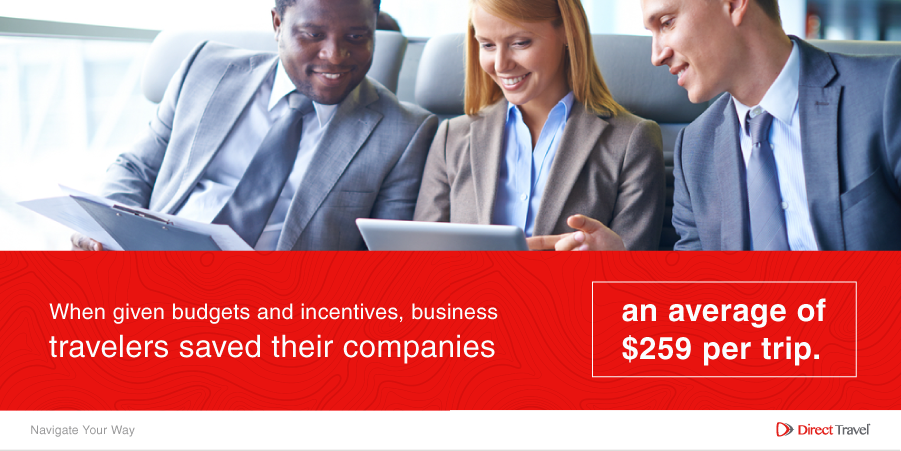The Role of Gamification in Business Travel Management

Are you looking for new and creative ways to impact your organization’s bottom line? Last week, we talked about driving travel policy compliance with technology. One of the recommendations was to introduce a gamification element into your strategy. In this blog post, we are going to discuss in more detail creative solutions that can engage travelers with game designs and incentivize cost-conscious spending habits.
What is gamification?

The driving idea behind gamification is to introduce game-like elements into something which already exists, either by applying new rules or instituting a rewards system. For example, in many video games, players are rewarded with points for completing defined goals. Rather than trivializing an experience or process by adding gaming components, the primary goal of gamification is to better engage the end users.
Here's an example of gamification in action: Employees in Company A receive points for booking air travel and hotel accommodations for their business trips at the same time. As they accrue points, employees can redeem them for prizes like gift certificates to their favorite stores or restaurants. Under the old system without gamification, these travelers had no personal incentive to book both at the same time. Gamified travel management has changed all that by rewarding travelers for completing the defined goal of air-hotel attachment, something that many travel managers today strive to increase.
One of the reasons gamification is an effective form of motivation is because the human brain enjoys solving puzzles. USA Today reported that individuals who habitually solve puzzles tend to have less cognitive degeneration later in life than individuals who don't regularly solve puzzles. In other words, puzzles and games are to the mind what lifting weights is to muscles.
By turning aspects of corporate travel into game-like scenarios, travelers can flex their logic skills and receive rewards for doing well. The puzzle, in this case, is about saving money. In one of their studies, Rocketrip found that when given budgets and incentives, business travelers saved their companies an average of $259 per trip.
Is it possible to make cost saving fun for employees?
Recently, Direct Travel partnered with Rocketrip, a global leader in incentivized behavioral change. Rocketrip motivates cost-conscious behavior by rewarding travelers for saving money on everything from flights to vehicle rentals. Every time a traveler saves money, he or she receives a percent of the money saved.
Here's the puzzle: Rocketrip utilizes advanced algorithms to determine how much a particular business trip will cost. Travelers are then tasked with booking travel for less than that price. For instance, travelers may choose to book a less expensive hotel, drive a more affordable rental vehicle or purchase an economy class ticket. The more they are able to save, the more they are able to earn.
By incentivizing employees to treat company money as if it were their own, engaged travelers will remain compliant with the company's travel policy and save money in the process. Throughout this workflow, Rocketrip collects data and generates robust reports to help travel managers assess savings and monitor trends. Plus, Rocketrip seamlessly integrates with multiple online booking and expense solutions.
It's a win-win for all. Travelers receive great prizes and financial compensation, the business saves on travel costs and policy compliance becomes second nature.
Ready to boost travel policy compliance with a gamified solution? Contact us to learn more.

